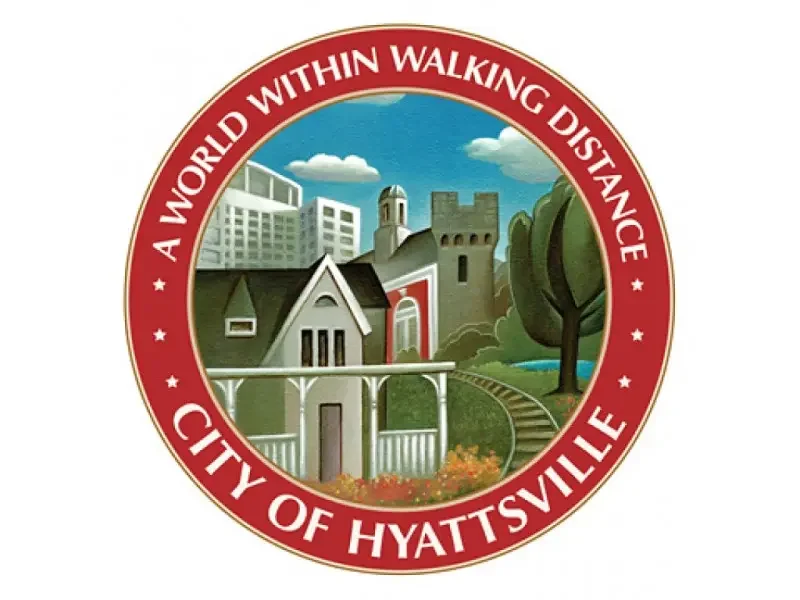What is Operational Efficiency and Why is it Important in Local Government?
All local government agencies should be concerned with improving their operational efficiency, but some are still unsure of what it means to be efficient. Often, agency administrators confuse efficiency with just achieving objectives. Some feel that if a municipality is able to meet its obligations to citizens, it is competent. In this article, we’ll teach you how to improve your agency's operational efficiency by outlining key tips and ideas.
What is Operational Efficiency?
Operational efficiency is the ability to reduce waste in time, effort and materials as much as possible, while still producing a high-quality service.
An example of Operational Efficiency in a municipality can look like this:
A municipality employs a variety of internal departments (code enforcement, economic development, and communication), all of which contribute to achieving a yearly specific goal of improving citizen satisfaction. Throughout the year, the municipality worked on improving processes and communication to citizens by implementing workflow-based software and processes. This allowed government staff to create more efficient operational processes and clearly communicate with citizens directly about issue resolution, outcomes and future planning. At the end of the year, citizen approval and happiness has improved.
In this example, the municipality worked on improving poor procedural management that caused cases to get delayed or even misplaced. This resulted in citizen satisfaction losses for the agency.Below, we will walk through 3 steps to help achieve operational efficiency in your agency, just like in the example.
A Shift In Mindset
To achieve operational efficiency, it is necessary to identify and solve problems. This involves a shift in mindset. As administrators, it might sound intimidating to try to identify areas that the agency is subpar, or dropping the ball in. One of the most important things to remember is that every obstacle you face is an opportunity for growth. Investments to improve efficiency will be necessary, but they should never be viewed as expenses. These are the kinds of investments that will pay off in the long term.
First: Find and Analyze Where Problems Are Occuring
Standardized processes make it much easier to pinpoint where the problems are occurring. However, you must first find the issue before being able to implement standardized processes. We suggest going through your municipality procedures step-by-step to find hiccups in the process. You might be able to find steps in the process that are too manual driven, or take too long.
Simply being able to detect problems does not equate to increased operational efficiency though. Analyzing and remediating the problem is still required.
Once the issue is identified, you will need to create and implement action plans to address process issues that are critical. You might need to add or remove steps along the way to truly improve the process.
Second: Invest in Standardization
It is possible to cut expenses, save time, and reduce the number of errors by introducing standardization in your operation. When there are guidelines to follow, such as municipal-wide standards, the entire team adheres to the same set of guidelines.
This can really boost the efficiency of the team because there is a clear set of steps that should be accessible to everyone and followed municipality-wide. As a result, staff members will experience less interruption and confusion.
There are many platforms that help build processes and standards for local governments. For example, 311/CRM or Code Enforcement softwares help municipalities automate citizen submission and case procedures – internally and externally. Built-in workflows can push submissions to the right department, send communication to the citizen and process violations with a few simple clicks. Automation and workflows help improve the overall efficiency of the operation because it eliminates manual steps and human error.
Third: Promote Alignment Across Departments
We all know that when a municipality has a large number of employees, it can be tough to keep everyone on the same page and track. This, however, is a critical component of improving operational efficiency in the long run.
While alignment is a complex issue that encompasses a variety of factors, it is vital to develop tactics that demonstrate to employees the significance of these connections. With a well-aligned team, roles and responsibilities are more clearly defined, resulting in greater agility.
Quality Control and Operational Efficiency
You’ve gone through the 3 step process; you found problem areas, analyzed solutions and implemented software to standardize procedures. Now, as your municipality grows and changes (as it naturally will throughout the years), it is important to always quality control your processes. Every few years or after big changes, analyze the steps it takes for your government employees to complete their tasks. Are there new problem areas? Or, does the process still work? If you find new issues, you might need to shift the process a bit to ensure efficiency and maintain a high-level of quality in service delivery.
Conclusion on Operational Efficiency
Operational Efficiency is a journey. Unfortunately, it won’t happen overnight and it takes input from many operating departments and employees.
During the process, be responsive and open to input from both internal employees and external citizens in order to continue improvement. This type of mindset fosters the development of employees and the maturity of the agency as a whole.
Schedule a Meeting with Comcate Today!
Learn how Comcate can help make government delivery simple, and offer a modern digital experience to help you increase transparency, efficiency, and performance across your departments. If you have any questions about implementing our software, please fill out the form below or call us directly at (415) 632-1248.
RECENT BLOG POSTS




